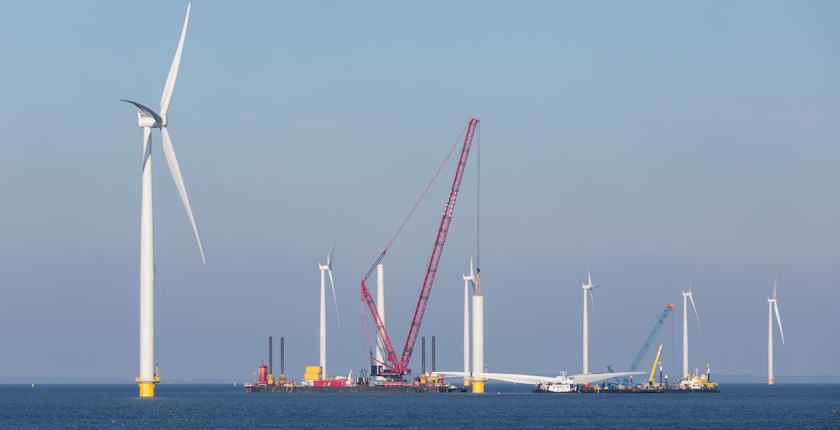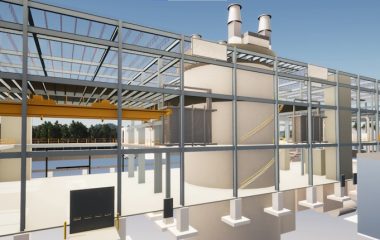
Photo: iStock
The European Union’s Net Zero Industry Act is about to come into force, completing legislative work within the Green Deal Industrial Plan package. The latter consists of decarbonization measures, energy market reform and the push toward strategic autonomy regarding key raw materials and technologies.
The Council of the European Union is due to approve the Net Zero Industry Act, NZIA, as the European elections are just five weeks away. The European Parliament passed it with 361 votes to 121, with 45 abstentions. The two institutions reached a provisional deal in February.
The idea behind the Net Zero Industry Act is to bolster EU production in technologies needed for decarbonization. It sets a target domestic share of 40% of the annual deployment needs in net zero technologies by 2030, based on national energy and climate plans (NECPs), and capturing 15% of the global market value for the technologies.
NZIA will simplify the permitting process, setting maximum timelines for projects to be authorized
The law covers the supply chain end to end: components, materials and machinery, for a comprehensive list of technologies.
Renewables, nuclear energy (including fission), industrial decarbonization, grid, energy storage technologies, sustainable aviation fuels (SAFs), carbon capture and biotech are all eligible for support. The law will simplify the permitting process, setting maximum timelines for projects to be authorized, depending on their scope and output, the European Parliament said.
The agreement provides for the creation of so-called net zero acceleration valleys, speeding up the permitting process by delegating parts of the evidence collection for environmental assessments to member states.
Sustainability, resilience criteria
National support schemes aiming to get households and consumers to move over to technologies such as solar panels and heat pumps more quickly will have to take into account sustainability and resilience criteria. Members of the European Parliament that negotiated the act explained that public procurement procedures and auctions to deploy renewable energy sources should also meet such criteria, albeit under conditions to be defined by the European Commission, and for a minimum of 30% of the volume auctioned per year in the member state, or alternatively for a maximum of 6 GW auctioned per year and per country.
Ehler: To achieve all our economic, climate and energy ambitions, we need industry in Europe
The legislation will encourage funding from national revenues from the EU Emissions Trading System (EU ETS) and, for most strategic projects, through the Strategic Technologies for Europe Platform (STEP), and it is a step towards the envisaged European sovereignty fund, lawmakers pointed out.
“This vote is good news for European industry and sets the tone for the next term. To achieve all our economic, climate and energy ambitions, we need industry in Europe. This act is the first step to making our market fit for this purpose,” lead MEP Christian Ehler said.
Much delayed response to US subsidies, China’s industrial might
NZIA is part of the Green Deal Industrial Plan, which the European Commission formally launched in February of last year. It includes the Critical Raw Materials Act – CRMA and the electricity market design reform. The package is consistent with other initiatives, too: Fit for 55, the European Green Deal and REPowerEU plan.
The administration in Brussels intends to facilitate a surge in clean energy technology capacities needed to support reaching the 2030 and 2050 climate targets. The EU largely imports such equipment.
NZIA is at the same time the response to massive subsidies for decarbonization in the United States through its Inflation Reduction Act, which is more than a year and a half old already, and to China’s dominance worldwide and in Europe in a range of sectors.


















Be the first one to comment on this article.